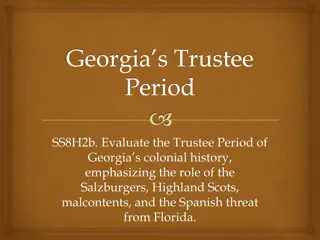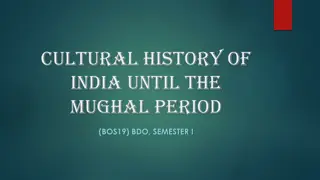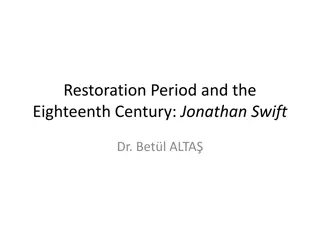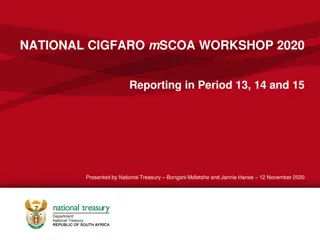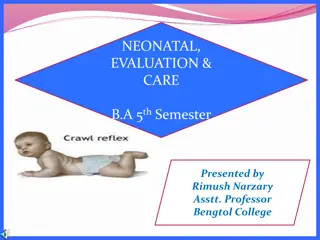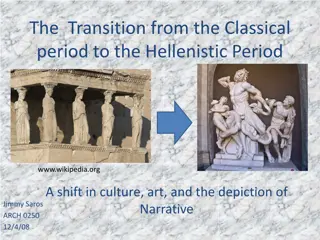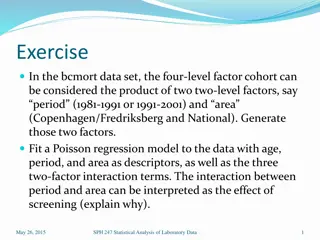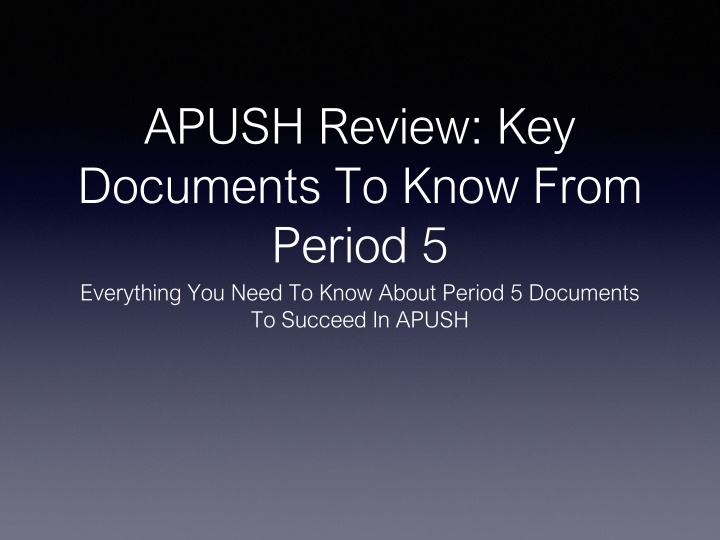
Key Documents and Events in APUSH Period 5
Explore significant historical documents such as The Liberator by William Lloyd Garrison, Manifest Destiny, Wilmot Proviso, and Kansas-Nebraska Act from Period 5 of APUSH. Gain insights into abolitionism, westward expansion, controversies over slavery, and political developments during this period.
Download Presentation

Please find below an Image/Link to download the presentation.
The content on the website is provided AS IS for your information and personal use only. It may not be sold, licensed, or shared on other websites without obtaining consent from the author. If you encounter any issues during the download, it is possible that the publisher has removed the file from their server.
You are allowed to download the files provided on this website for personal or commercial use, subject to the condition that they are used lawfully. All files are the property of their respective owners.
The content on the website is provided AS IS for your information and personal use only. It may not be sold, licensed, or shared on other websites without obtaining consent from the author.
E N D
Presentation Transcript
APUSH Review: Key Documents To Know From Period 5 Everything You Need To Know About Period 5 Documents To Succeed In APUSH
William Lloyd Garrison Who was he? Publisher of The Liberator, an abolitionist newspaper I am aware, that many object to the severity of my language; but is there not cause for severity? I will be as harsh as truth, and as un-compromising as justice. On this subject, I do not wish to think, or speak, or write, with moderation. No! no! Tell a man whose house is on fire, to give a moderate alarm; .. but urge me not to use moderation in a cause like the present. I am in earnest - I will not equivocate - I will not excuse - I will not retreat a single inch - and I will be heard. Possible multiple-choice and short answer tips: Example of abolitionism in North, although a minority Used fierce arguments against the institution of slavery
Manifest Destiny What do we notice? Columbia is moving westward with telegraph lines Many Americans are moving westward - towards darkness Native Americans are moving further west Implications of the cartoon? Manifest Destiny is seen as positive Possible multiple-choice and short answer tips: Environmental transformation near-extinction of the buffalo Impact on groups of people Native Americans, families, etc. John Gast, American Progress, 1872 Ways the government encouraged expansion Homestead Act (1862), RR subsidies
Wilmot Proviso What was it? An amendment to a bill that proposed banning slavery in the Mexican Cession land What did it say? Provided, That, as an express and fundamental condition to the acquisition of any territory from the Republic of Mexico by the United States, by virtue of any treaty which may be negotiated between them, and to the use by the Executive of the moneys herein appropriated, neither slavery nor involuntary servitude shall ever exist in any part of said territory, except for crime, whereof the party shall first be duly convicted. Possible multiple-choice and short answer tips: Impact of the Mexican American War Example of heated controversy over slavery in newly acquired territories
Kansas-Nebraska Act Louis Cass James Buchanan What do we notice? 4 Democrats Slave being forced down a free-soiler s throat Implications of cartoon? KS-NB Act is seen as negative Democratic Party is the culprit Possible multiple- choice and short answer tips: Franklin Pierce Steven Douglas KS-NB was a proposal to settle issue of slavery in territories Overturned the MO Compromise Instituted popular sovereignty in KS and NB Violence soon emerged in Bleeding Kansas
The Caning of Charles Sumner Why did this happen? Charles Sumner criticized slavery and its supporters (Andrew Butler) Butler s nephew, Congressman Preston Brooks took exception to Sumner s speech Possible multiple-choice and short answer tips: Example of breaking down of trust between leaders Demonstrates tensions between North and South Helped inspire violent abolitionism (John Brown) Southern Chivalry Argument versus Club s, 1856
The Election of 1860 What do we notice? Lincoln won, without carrying a single southern state Electoral map of the Election of 1860 Democratic Party was split along sectional lines: North - Douglas, South - Breckinridge Multiple-Choice and Short Answer tips: Lincoln s campaigned on a Free-soil platform - Nonextension of slavery Impact of Election? Southern states began to secede from the Union
Lincolns Letter to Horace Greeley, April 22, 1862 Message of the excerpt? I would save the Union. I would save it the shortest way under the Constitution. The sooner the national authority can be restored; the nearer the Union will be "the Union as it was." If there be those who would not save the Union, unless they could at the same time save slavery, I do not agree with them. If there be those who would not save the Union unless they could at the same time destroy slavery, I do not agree with them. My paramount object in this struggle is to save the Union, and is not either to save or to destroy slavery. Lincoln, in the beginning, sought to preserve the union at all costs Multiple-choice and short answer tips: How Lincoln s war goals changed as time elapsed Emancipation Proclamation, Gettysburg Address
Reconstruction: 15th Amendment What do we notice? African American males are lining up to vote Military official - impact of Emancipation Proclamation Implications of the cartoon? Black suffrage is seen as positive Multiple-choice and short answer question tips: Southern resistance to 15th amendment Impacts of the amendment on the Women s Rights groups The First Vote, 1867
Reconstruction: Resistance to Civil Rights What do we notice? KKK and White League are joining hands Worse than slavery Implications of cartoon? KKK, White League, and other organizations terrorized African Americans Would use violence to meet their goals Multiple-choice and short answer tips: Organizations were formed to resist the 13 - 15 amendments Southern resistance to Radical Republicans and Reconstruction was strong
Now Its Your Turn On the first day of January, in the year of our Lord one thousand eight hundred and sixty-three, all persons held as slaves within any State in rebellion against the United States, shall be forever free. . . What is the message of this document? What could be multiple-choice and short answer test tips for this document? Now, therefore I, Abraham Lincoln, President of the United States, by virtue of the power in me vested as Commander- in-Chief, of the Army and Navy of the United States. . .do order and designate [appoint] the following States as being in rebellion: Arkansas, Texas, Louisiana, Mississippi, Alabama, Florida, Georgia, South Carolina, North Carolina, and Virginia. And I hereby call upon the people so declared to be free to abstain from all violence, unless in necessary self-defense; and I recommend to them that, in all cases when allowed, they labor faithfully for reasonable wages. And I further declare and make known, that such persons will be received into the armed service of the United States. And upon this act, sincerely believed to be an act of justice, warranted by the Constitution, upon military necessity, I invoke the considerate judgment of mankind, and the gracious favor of Almighty God. By the President: ABRAHAM LINCOLN
Good Luck! Thanks for watching Please subscribe, share with others Check out all my videos related to the new curriculum Best of luck on all your tests!


